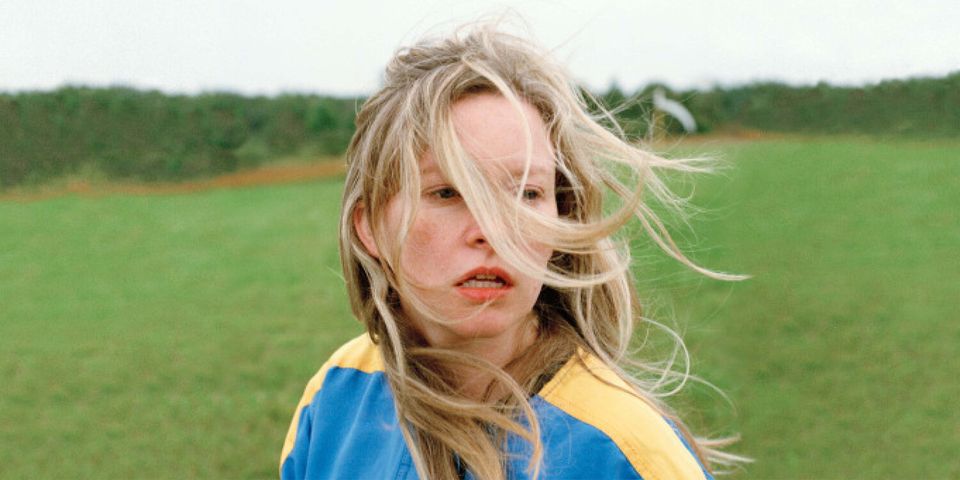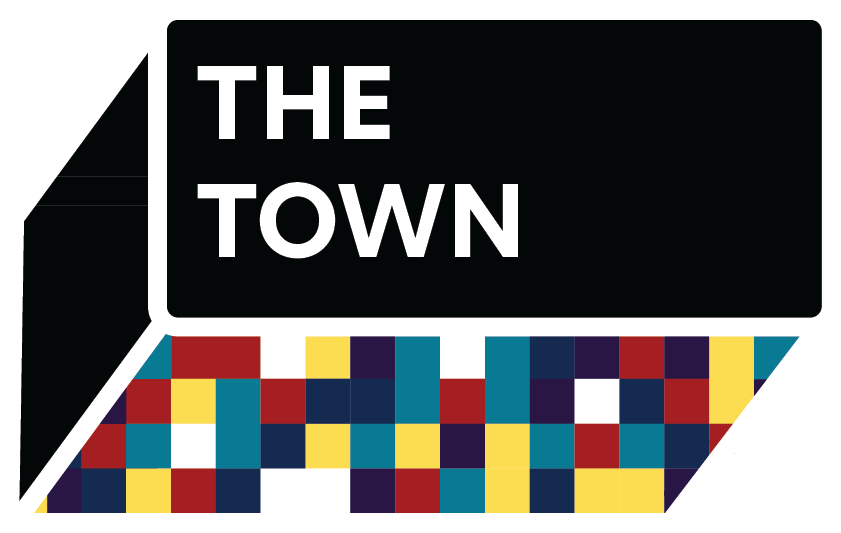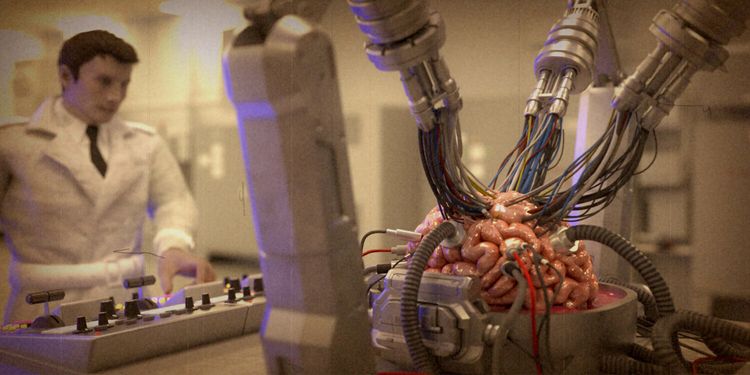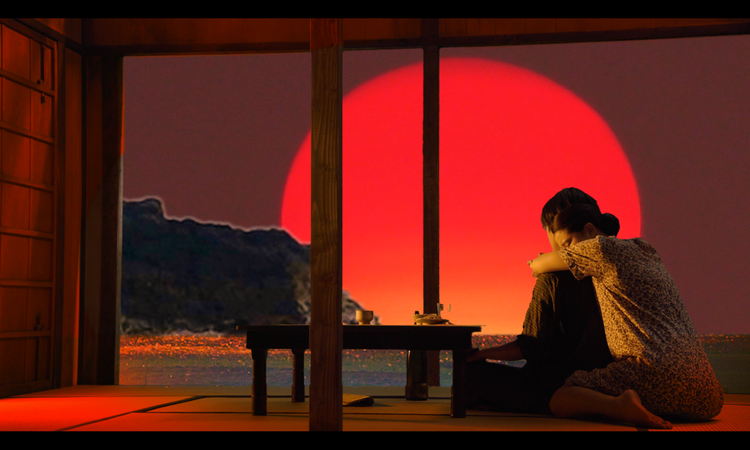The absorbing discomfort of 'Anne at 13,000 ft.'

As much as I love the convenience of watching movies at home I’ll be the first to admit it’s an extremely difficult exercise. Among the many, many things I’m missing from sitting in a theatre is the forced social pressure, to focus, that follows you into your fold-down seat at Cineplex, Revue Cinema, or The Lightbox. In the dark, phones off, eyes forward.
In a world where we are constantly negotiating with a million distractions, the movies are one of the few places I can turn my brain off to engross myself completely. At my computer, the battle with the outside world spills into the film regardless of how many app blockers, noise-canceling headphones, or sheer forces of will I deploy.
That’s because I’m distracted by absolutely everything, and any reason to bristle, avert my eyes or pause is a good enough reason for me. Scenes of extreme discomfort and second-hand embarrassment pitch this up to 100. Seeing either depicted on screen has always walloped me squarely in the throat. I'd do anything to look away, fast-forward or just pause the film. Give me that option while in a virtual cinema or Netflix and a film’s fair one-and-a-half hour runtime will get drawn out to 3 hours (It should be noted I’ll still be just as likely to love it all the same).
However, in a theatre, I can’t help but feel the film’s intended uneaseand it’s almost always thrilling (at least when the cast and crew are in on it). The closest equivalence for someone not weird, like I, is probably riding a roller coaster: wanting more than anything to find your feet, and yet somehow at the end feeling like you had the time of your life.
If that sounds like your scene Anne At 1300 ft - currently streaming at the TIFF virtual cinema - is your film. It is oozing with an unsettling undercurrent that will make your skin crawl and your heart palpitate in ways only films a little too close to reality can achieve. While initially, I was stopping and going as usual there was something in the choreography and the delivery as the story unravelled that locked me in. For the first time, at least since I saw my last film in theatres - Kitty Green’s The Assistant - I felt firmly in the front seat of that roller coaster again.
Anne At 13000 ftisdirected byKazik Radwanski and follows Toronto daycare provider Anne, played by Deragh Campbell (Should be noted this is all Canadian production). It’s a messy and human portrait of a human character who, under a general barrage of complications, struggles to heroically exist and live in an alienating city through waves of social unease and extreme anxiety. Bookended by two sky-diving sessions - the first - at her best friend's bridesmaid’s party - the film is more or less a depiction of freefall.
While Anne’s specific eccentricities, anxieties, and shyness are unique, Campbell uses her character’s bright, jagged, and distinct strokes to paint a gnawingly familiar portrait of a precarious and hostile world. Much of Anne’s discomfort will relate directly to almost everyone - such as her attempt to keep it together under the gawking surveillance of a ruthlessly competitive co-worker, or her attempt to sort out and salvage what remains of her relationship despite the uninterested actions of her partner.
In other cases, Anne’s discomfort is - I can only imagine - likely to be felt in a far more visceral way if you can exactly pattern her experiences to your own. At multiple points in the film, Anne is forced to take action to establish her own safety as she navigates the unwanted advances and attempted manipulations of older men. A touchpoint of the plot is the vastly deteriorated and sometimes combative relationship she has with her mother.
Still, It’s ultimately in the volatility of Anne’s accumulated discomfort, as well as the consequential melting down as these compounded events collide and react, that feels intimately tied to the tightrope-walk that is your mid-to-late 20s in Toronto or any other city.
While each scene was organized to set out opposing parameters in an attempt to create conflict, it was ultimately the job of Campbell - and her supporting cast - to animate it through improvisation. The result is that each moment of discomfort in the film is so natural that it forces the viewer's presence and attention. The balance of self-destruction, hopelessness, and resilience feels derived from the complete control and embodiment of a character - as opposed to the tightly-wound scaffolding of a strictly-adhered-to screenplay.
Anne at 13,000 ftwas the first film in a while which melted away the distracting (for me at least) artifice of the virtual cinema and, refreshingly, fully engrossed me in its discomfort. I can only imagine the thrill of seeing Campbell and Radwanski’s collaboration on the big screen. Strapped in, I’m guessing it might be reminiscent of the freefall that follows in the seconds after jumping out of an airplane. Hopefully, we’ll all get a chance to jump again soon.





